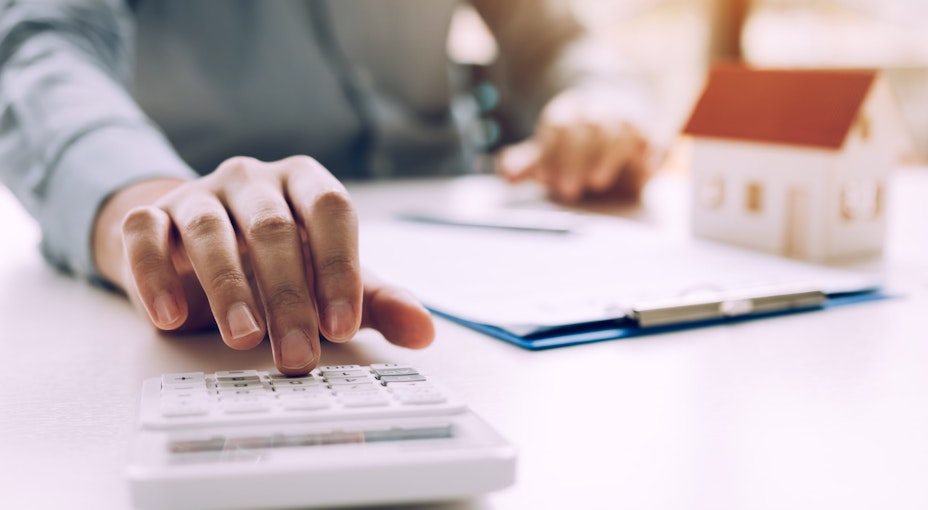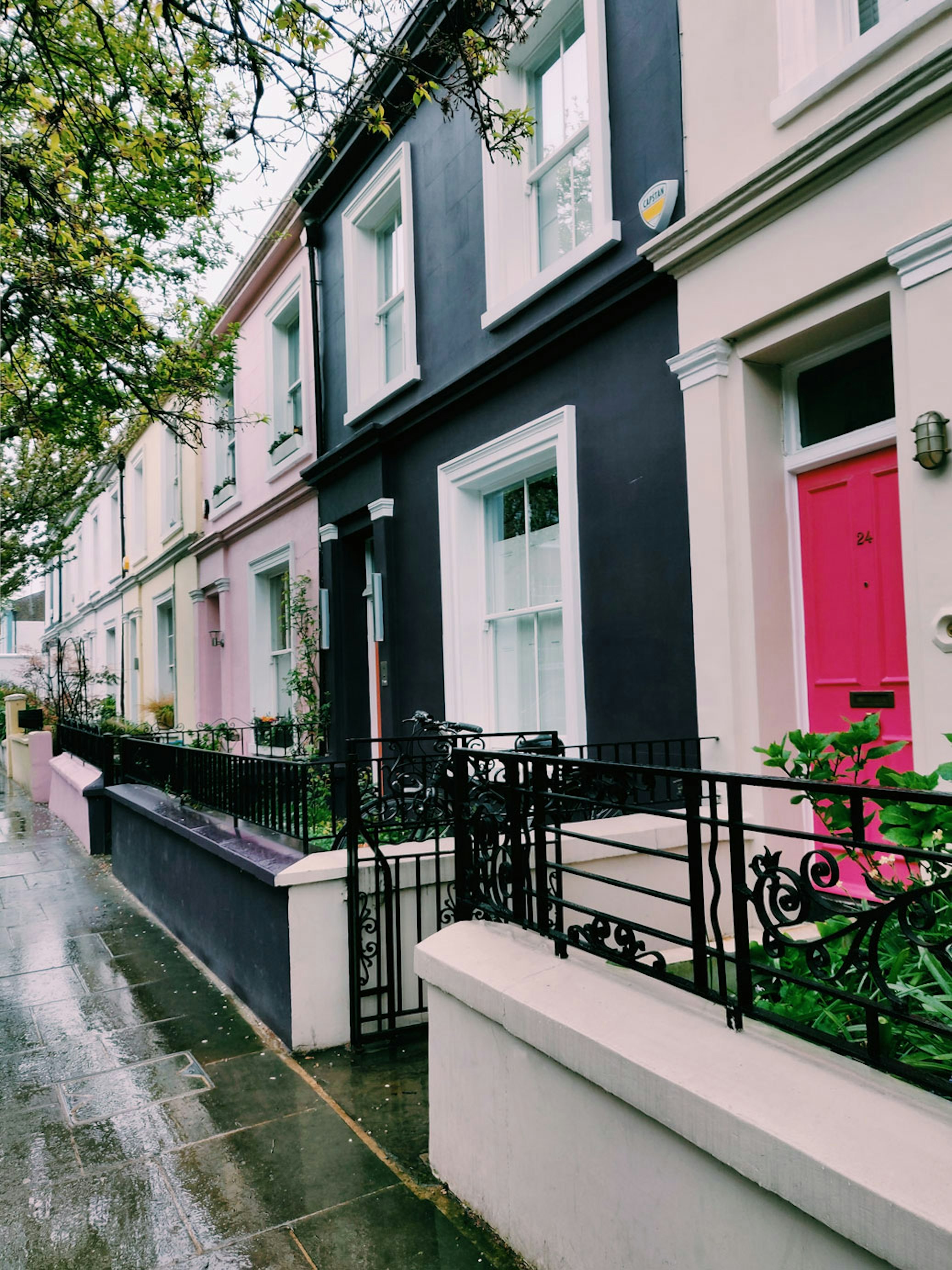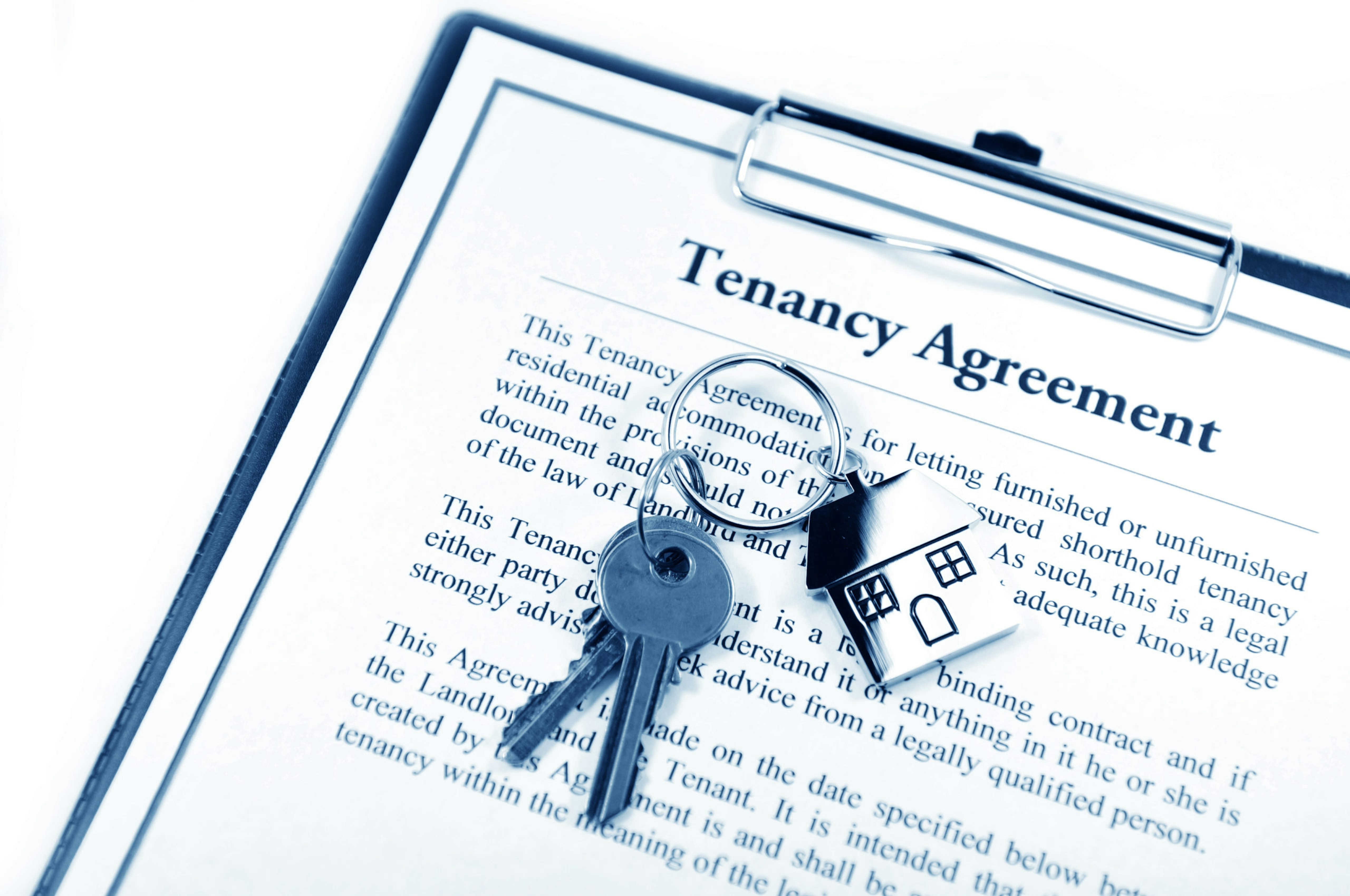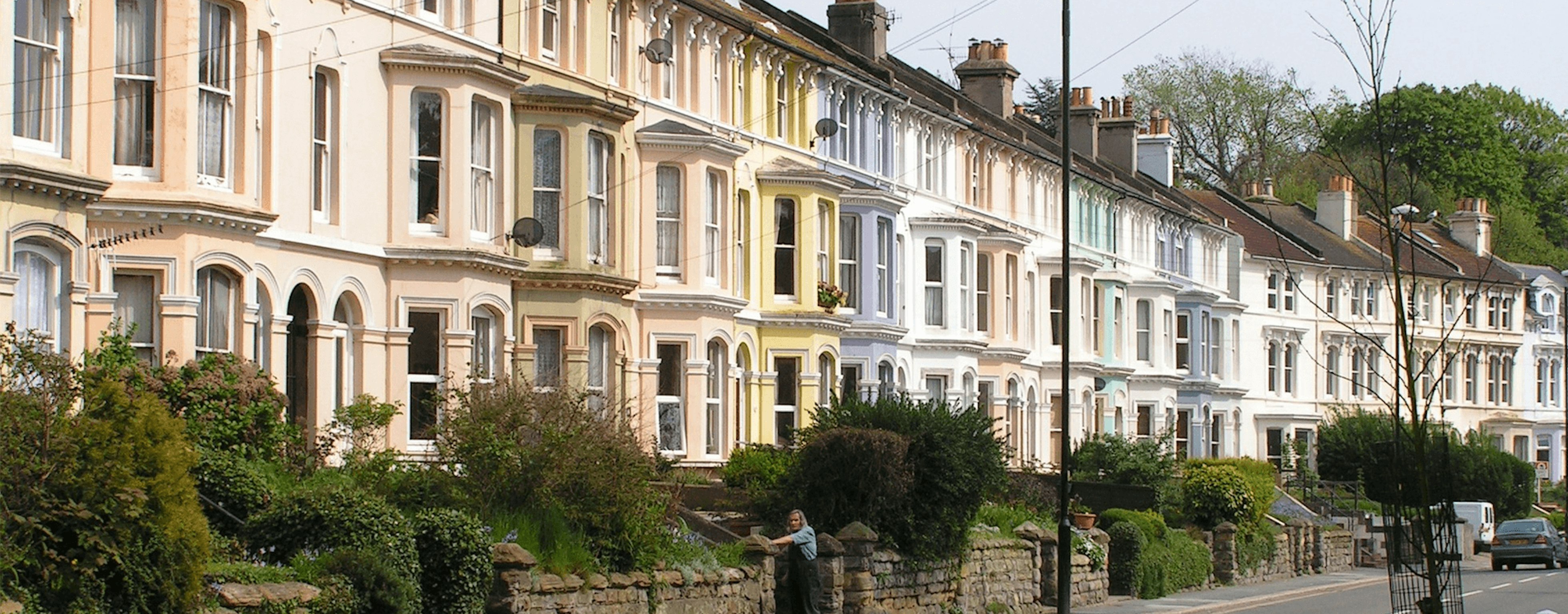
Landlord tax guide 2025/26
Of all the things that landlords have to grapple with, tax can be among the most complicated. As well as income tax, there’s stamp duty, capital gains tax, corporation tax, and landlord tax relief, for starters. Then there’s the question of who pays council tax – tenant or landlord? Almost always, it’s the tenant, but more on that later.
This article will be regularly updated so you’ve always got the latest information on tax rates, reliefs, rules and regulations.
Tax on buying a property: landlords Stamp Duty
Stamp Duty is a tax paid on the purchase of a property above a certain threshold in England and Northern Ireland, with similar schemes operating in Wales and Scotland.
The threshold at which Stamp Duty becomes payable for those buying a residential property was temporarily increased in September 2022 from £125,000 to £250,000. However, this threshold has reverted to £125,000 from 31st March 2025.
An additional 5 per cent surcharge applies to those who own more than one property in England and Northern Ireland, effective from 31st October 2024.
Stamp duty rates for additional properties in England and Northern Ireland.
Purchase price bands |
Rate (%) |
Up to £250,000 |
5% |
The next £675,000 (the amount from £250,001 to £925,000) |
8% |
The next £575,000 (the amount from £925,001 to £1.5 million) |
13% |
The portion above £1.5 million |
15% |
Use the Stamp Duty tax calculator for England and Northern Ireland to work out how much you will need to pay.
In Scotland, the Land and Buildings Transaction Tax (LBTT) applies instead of Stamp Duty. An Additional Dwelling Supplement (ADS) of 8% is applied to the total purchase price on top of the standard rates for owners of single residential properties.
Use the LBTT tax calculator.
LBTT rates for additional properties in Scotland.
Purchase price |
Rate (%) |
Up to £145,000 |
8% |
From £145,001 to £250,000 |
10% |
From £250,001 to £325,000 |
13% |
From £325,001 to £750,000 |
18% |
Over £750,000 |
20% |
In Wales, the Land Transaction Tax (LTT) applies to residential properties bought for more than £180,000, but there is a 5% surcharge for additional properties bought for more than £40,000.
LTT rates for additional properties in Wales.
Purchase price |
Rate (%) |
Up to and including £180,000 |
5% |
From £180,001 to £250,000 |
8.5% |
From £250,001 to £400,000 |
10% |
From £400,001 to £750,000 |
12.5% |
From £750,001 to £1,500,000 |
15% |
Over £1,500,000 |
17% |
Tax on rental income
Income tax on rental property
The income tax you pay will depend on the amount of profit you make from renting out a property, and how much income you make from other sources and therefore which tax bracket you fall into.
The income tax brackets in England, Wales and Northern Ireland are:
Band |
Taxable income |
Tax rate |
Personal tax free allowance |
Up to £12,570 |
0% |
Basic rate |
£12,571 to £50,270 |
20% |
Higher rate |
£50,271 to £125,140 |
40% |
Additional rate |
Over £125,141 |
45% |
Scotland has the power to set its own income tax rates, other than retaining the £12,570 Personal Allowance set by the UK Chancellor in the Budget.
There is a starter tax rate of 19% on earnings between £12,570 and £14,732, with the basic rate of 20% up to £25,688, a higher rate of 42% between £43,662 and £125,140, with earning above that taxed at 47%.
A full table of all marginal rates can be found on the Scottish Government website.
You can also find more information in our article: how much tax do you pay on rental income?
Rental property allowance
Since 6th April 2017, landlords have been entitled to a £1,000 tax-free allowance for rental income. If you are earning less than £1,000 on combined rental income from letting property in the UK or overseas, you do not need to notify HMRC or declare this on a tax return. You may be required to complete a tax return for other income.
If annual property income is more than £1,000 you can use the tax-free allowance instead of deducting any expenses.
Tax returns
If your rental income is more than £2,500 after allowable expenses, or £10,000 or more before allowable expenses, HMRC will require you to complete a tax return.
Paper self-assessment forms must be returned by 31st October after the end of the tax year, while the deadline for online submissions is 31st January following the tax year.
From 6th April 2026, landlords with income exceeding £50,000 must comply with Making Tax Digital for Income Tax Self-Assessment (MTD for ITSA). Those earning £30,000-£50,000 will be required to comply from 6th April 2027.
National Insurance
If you are running a property business, you no longer need to pay Class 2 National Insurance contributions from April 2025, as per the Autumn Budget 2024 reforms.
You are considered to be running a property business if you:
Your primary occupation is being a landlord
Let multiple properties
Actively buy properties for rental purposes
What are allowable expenses?
Like any other self-employed person or business, landlords are entitled to deduct expenses – the cost of running their business – from income to arrive at a taxable profit figure.
Fundamentally, there are two types of expenses – revenue and capital. Revenue expenses are those related to the day-to-day running of the business, like landlord insurance and accountants fees and can be deducted from your rental income for income tax purposes.
Capital expenses are those which may increase the value of your property, like renovations or extensions, and can be used to offset Capital Gains Tax (more on this later).
What you can claim as income tax expenses
Allowable expenses include:
Insurance cover
Accountants fees, letting agent fees and legal fees for lets of a year or less (or for renewing a lease of less than 50 years)
Maintenance and repairs (excluding improvements)
Utility bills
Council tax (where the landlord is responsible for paying it)
Business costs like phone calls, stationery, or advertising
Ground rent and service charge costs
Services such as gardening or cleaning
Replacement of domestic items like beds, sofas etc
While most of these are self-explanatory, some areas require further clarification, and we’ll now look at them in more detail.
Maintenance, repairs and replacements
This can be broken down into two main areas:
maintenance and repairs of things like boilers or the structure of the building;
replacement of domestic items or, for example, a like-for-like kitchen refit.
So when it comes to work on the building, fixing the roof or repairing a leak are classed as maintenance and are allowable expenses for income tax purposes.
But building an extension or a loft conversion are classed as improvements which add value to the building. As such, they would form part of your capital gains tax (CGT) calculation when you come to sell the property – you can subtract the amount spent on improvements from your gain before CGT applies.
A like-for-like kitchen refit could be claimed against income tax, but improving a cheap formica kitchen by fitting a high-spec one would be set against CGT.
Domestic items relief can be claimed for replacing things like:
Furniture like beds, sofas, free-standing wardrobes
Furnishings such as curtains and carpets
Appliances including fridges, freezers or TVs
Kitchen items like cutlery, crockery, pots and pans
Relief cannot be claimed on buying items to fit out a new rental property, and any sale or part exchange of an old item must be included in the calculation.
For example, if you sell an old bed for £100 and buy a new one for £300, you can only claim relief on the £200 extra you’ve spent. When upgrading furnishings – like replacing a £500 sofa with a £750 one – you can only claim for the £500 like-for-like cost, as the additional £250 is seen as an ‘improvement’.
Fees for professionals
While paying professionals for the day-to-day running of the business can be deducted for income tax, fees which relate to buying or selling property, or for planning applications, can not. As such, these will form part of your CGT calculation when you sell the property.
Mortgage payments
Landlords can claim a 20% tax credit on mortgage payments.
For example, if your mortgage payments are £10,000 a year, you can deduct £2,000 as a tax reducer in your tax calculation.
Capital Gains Tax
Capital Gains Tax (CGT) becomes payable when you sell a rental property that has increased in value.
Tax relief is available for live-in landlords who share properties with their tenants. Main residence relief may be partially available where the property has been your only or main residence at any time during the period of ownership.
Basic rate taxpayers will pay 18 per cent on gains above the annual exemption to the extent that the basic rate tax threshold has not been fully utilised against income. The gain is then taxed at 24 per cent. Higher rate taxpayers will pay 24 per cent. Where jointly owned, each person is entitled to the annual exemption.
A CGT return must be submitted to HMRC within 60 days of completion of the sale. The CGT is also payable at this point.
How to work out your CGT
A basic rate taxpayer with income of £25,000 sells a house in July 2020 for £250,000, having bought it for £140,000 a decade earlier.
They paid £150 stamp duty, spent £10,000 on renovations, and £1,000 solicitors fees.
They will pay a further £4,000 in estate agent and solicitor fees for selling the property.
In this example, the capital gain is the increase in value of the property – £110,000 – less the costs and fees of £15,150, leaving £94,850.
Using their exempt allowance of £3,000, this leaves a taxable amount of £91,850.
They will pay the 18 per cent basic rate of CGT on £25,000 of the gain (the higher rate kicks in at £50,000, but they have already used £25,000 of this on their income for the year).
The rest of the gain of £63,850 will be subject to the higher rate of 24 per cent.
It breaks down like this:
Gain: £110,000
Gain after costs: £94,850
Gain after CGT exempt allowance: £91,850
CGT charged at basic rate: £4,500 (£25,000 at 18%)
CGT charged at higher rate: £16,044 (£66,850 at 24%)
Total CGT bill: £20,544
A note about Corporation Tax
Everything we’ve said about income tax and CGT applies to landlords operating as private individuals; for those landlords operating as a limited company, things are a little different.
Instead of income tax and CGT, they must register for Corporation Tax, file a corporation tax return, and pay corporation tax. Corporation tax is 19% for small businesses with profits of less than £50,000, rising to 25% for profits between £50,000 and £250,000.
This is currently a temporary increase until 2026, and the government will allow businesses to subtract money they invest in things like IT equipment and machinery from the profits they pay corporation tax on for the next three years.
Corporation tax is payable in general, nine months after the year end.
It’s worth noting that since April 2020, when landlords have been unable to claim income tax relief on their full mortgage payments, an increasing number have set up limited companies to be more tax efficient.
How to be tax efficient
In our tax guide for landlords, we’ve focused on the nuts and bolts of property taxation – what taxes you need to pay, what expenses you can claim, and how to calculate your tax.
Now we’ll briefly touch on how to make the most of your allowances and how to be legally tax efficient.
For the most up to date advice specific to your own circumstances, always consult a tax professional.
Using the married couples tax allowances
In some circumstances, married couples and those in civil partnerships can legitimately use their tax-free allowances to reduce their overall tax bill.
The rules can be complicated so, again, always consult an expert, but it is possible to shift assets and tax allowances between partners to pay less tax.
Marriage allowance
For example, let’s look at a situation where one partner doesn’t pay income tax because they are earning less than their personal allowance of £12,570, and the other is a basic rate taxpayer (earning between £12,570 and £50,270).
The person with the lowest income can then claim marriage allowance, which allows you to transfer £1,260 of your personal allowance to your partner, reducing the overall tax by up to £252 a year.
Private limited companies
If your rental income might see you fall into the higher, 40 per cent, income tax bracket, it might be worth setting up a private limited company, which is a separate legal entity. There are tax considerations when transferring a property to a limited company which need careful review.
Summary
The key to making the most out of your property assets is to understand all the tax implications, which can inform your decision-making.
Ensure you keep accurate records of all your expenses, claim everything you’re entitled to and use your allowances wisely.
Tax is a complicated topic and the treatment depends on your individual circumstances and may be subject to change in the future. Whilst we can provide high level information on tax, you should always consult a tax professional for the detail.
This article was written with help from Norwich Accountancy. If you would like tax advice, you can contact Norwich Accountancy on 01603 630882 or send an email.
Need help with your insurance?
Whether you need a quote, have a general enquiry, or want to talk it through over the phone, we're here to help.
Landlord insurance enquiry
Related guides and insights

Do I need landlord insurance?
From buy-to-let portfolio owners to people renting out a room in their home, different kinds of landlords need different types of landlord insurance. In this article we look at some of the common questions that arise when considering landlord insurance.

Guide to landlord responsibilities
What are the legal responsibilities and obligations of a private landlord? Read our complete guide.

Landlord insurance vs home insurance
If you have tenants, it’s important that you take out the right protection – because a standard home insurance policy won’t be suitable.

Landlord insurance: a beginner's guide
Landlord insurance: where do you start, and what do you look out for? It can feel like you’re navigating a minefield when it comes to taking out landlord insurance, our guide can help you find the level of cover that’ll give you peace of mind.
